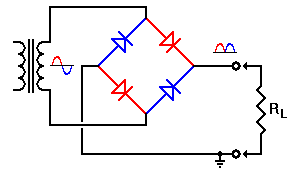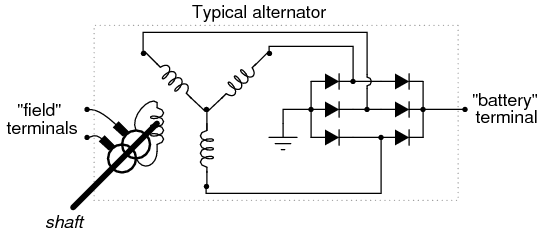Lachlan
En-Route
Anyone have any recommendations on a good but not too expensive model to purchase?
iCom A24 is a great little handheld. Works quite well in the air and on the ground (for getting ATIS, listening to Ground, local traffic, etc) and it has a passable VOR with CDI. I wouldn't want to use that feature for navigation exclusively, but it's there and it works in case of catastrophic iPad failure. HA.



